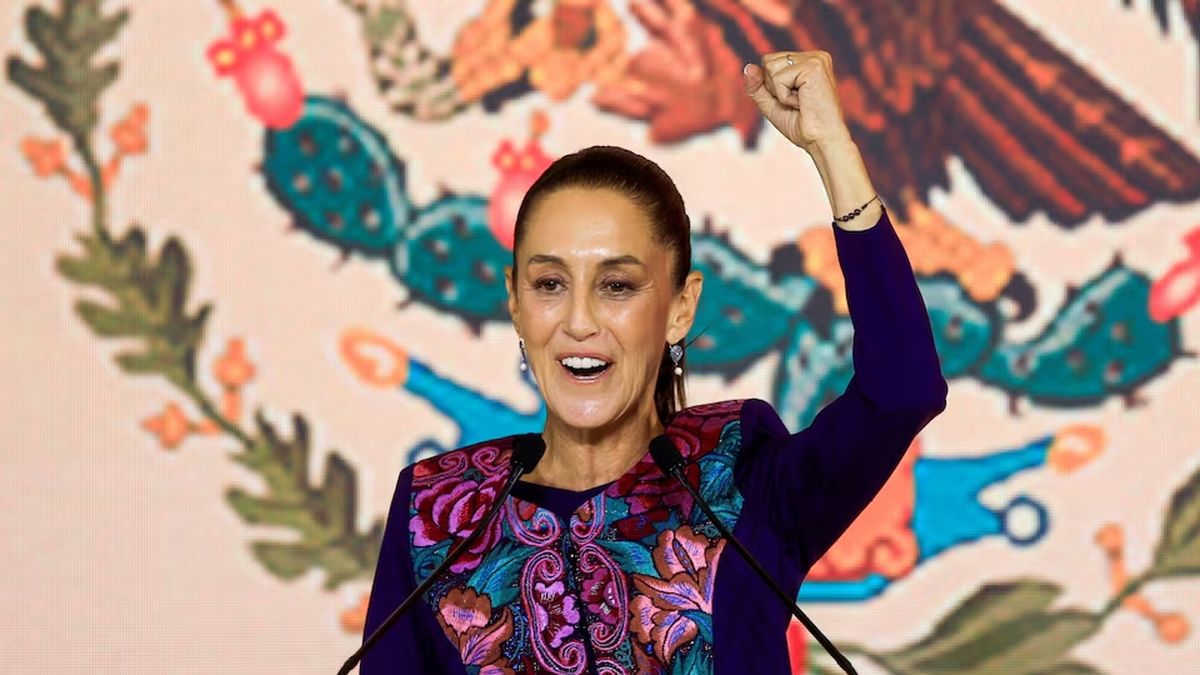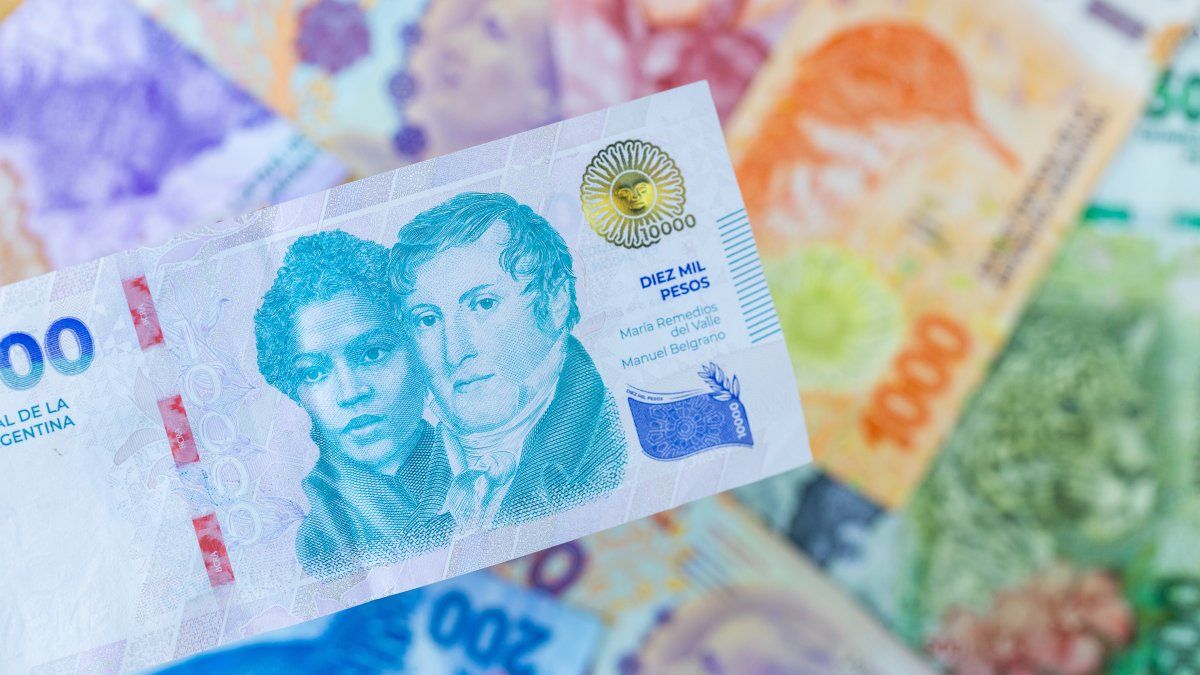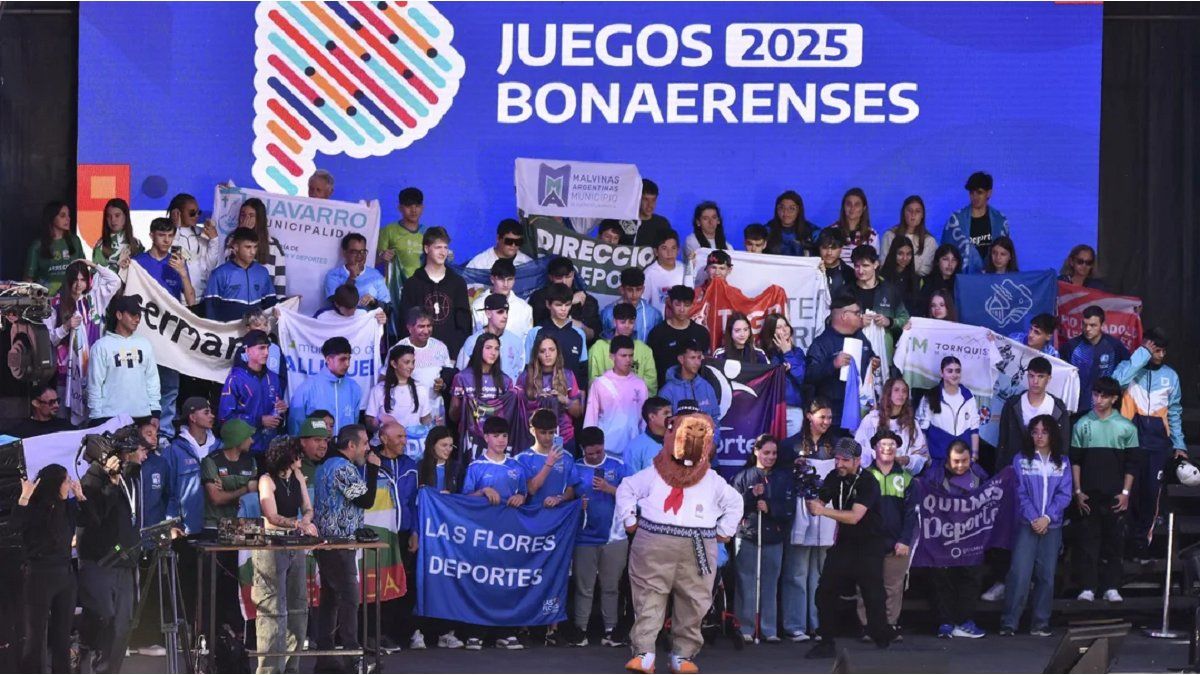Since 2018, Mexico began a new progressive stage after 36 years of neoliberal governments that were transversal to the traditional parties, both the PRI and the PAN.
With the rise to power of Andrew Manuel Lopez Obrador Public policies were promoted in pursuit of economic and social development, under the slogans of “Fourth Transformation” and the “Mexican Humanism” pillars of the construction of the new Welfare State in the current international context of the 21st century.
The current president-elect, Claudia Sheinbaum, in the electoral debates that took place in the previous weeks, ratified her commitment to the electorate in giving continuity to the MORENA project.
At the beginning of AMLO’s administration, the National Development Plan(2018-2024) with clear objectives in social and economic matters. At the same time, from the executive branch, accountability reports were prepared on the evolution and results of the PND.
The former Head of Government of Mexico City will present her own development program for the next six years of her mandate. In economic matter A continuity of the model is expected based on the promotion of the internal market, the strengthening of the income of employees, and local and foreign direct private investment.
According to him “Government Report 2022-2023”The minimum wage accumulated an unprecedented growth of 110% in these six years, being the most relevant in Mexican politics since the middle of the 20th century.
In said document, the government maintained “to continue promoting economic growth in a complex global environment, public policies sought to preserve the sustainability of public debt through moderate fiscal deficits, strengthen the austerity policy within the Federal Public Administration and work to maintain solid macroeconomic balances.”
The Secretary of Finance noted in its latest document that Mexico’s public debt remained stable, reducing as a percentage of the Gross Domestic Product (GDP) to a sustainable level of 45.5%, which places Mexico favorably in comparison with other emerging economies and nations with credit ratings Similar.
Another relevant piece of information from the economy portfolio is the generation of jobs, since the Unemployment rate reached historic lows of 2.3% in Marchand 470 thousand new average jobs were generated in the first quarter of this year, in a context of increasing salaries and a decrease in the rate of labor informality.
He National Council for Evaluation of Social Development Policy (Coneval) highlighted the reduction in poverty, which fell to 40% in 2023, which represented a decrease of 6.4 percentage points compared to 2018.
The pandemic and economic tensions between China and USA allowed Mexico be a recipient of investments for the manufacturing of industrial goods. Nearshoring, a company strategy of transferring their production in nearby destinations to third parties, was the main tool to boost productive development in these years.
From the beginning of AMLO’s administration until 2022, the Foreign Direct Investments-FDI-exceeded 200,000 million dollars, thus exceeding the figures of the neoliberal governments of Calderón and Peña Nieto.
This allowed the development and productivity rates of Mexican industry to increase. Also, the royalties generated by these investments were directed to increasing the budget in social programs and investments in infrastructure, such as the Welfare Bank and the Mayan Train.
BRICS+ Honorary Ambassador
Source: Ambito
David William is a talented author who has made a name for himself in the world of writing. He is a professional author who writes on a wide range of topics, from general interest to opinion news. David is currently working as a writer at 24 hours worlds where he brings his unique perspective and in-depth research to his articles, making them both informative and engaging.




